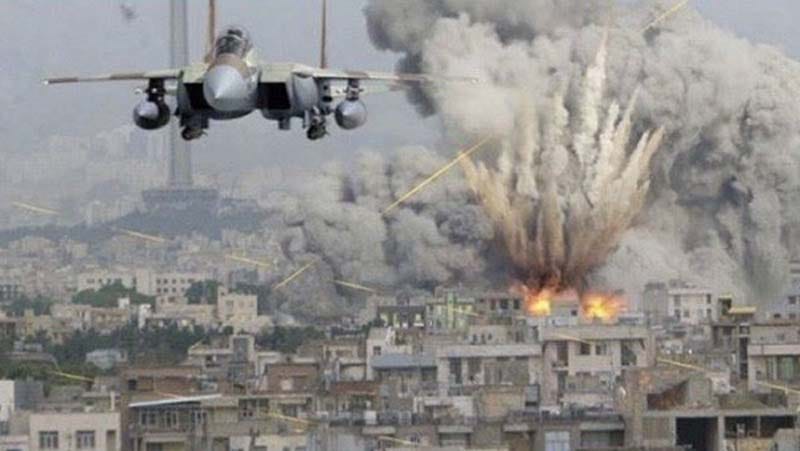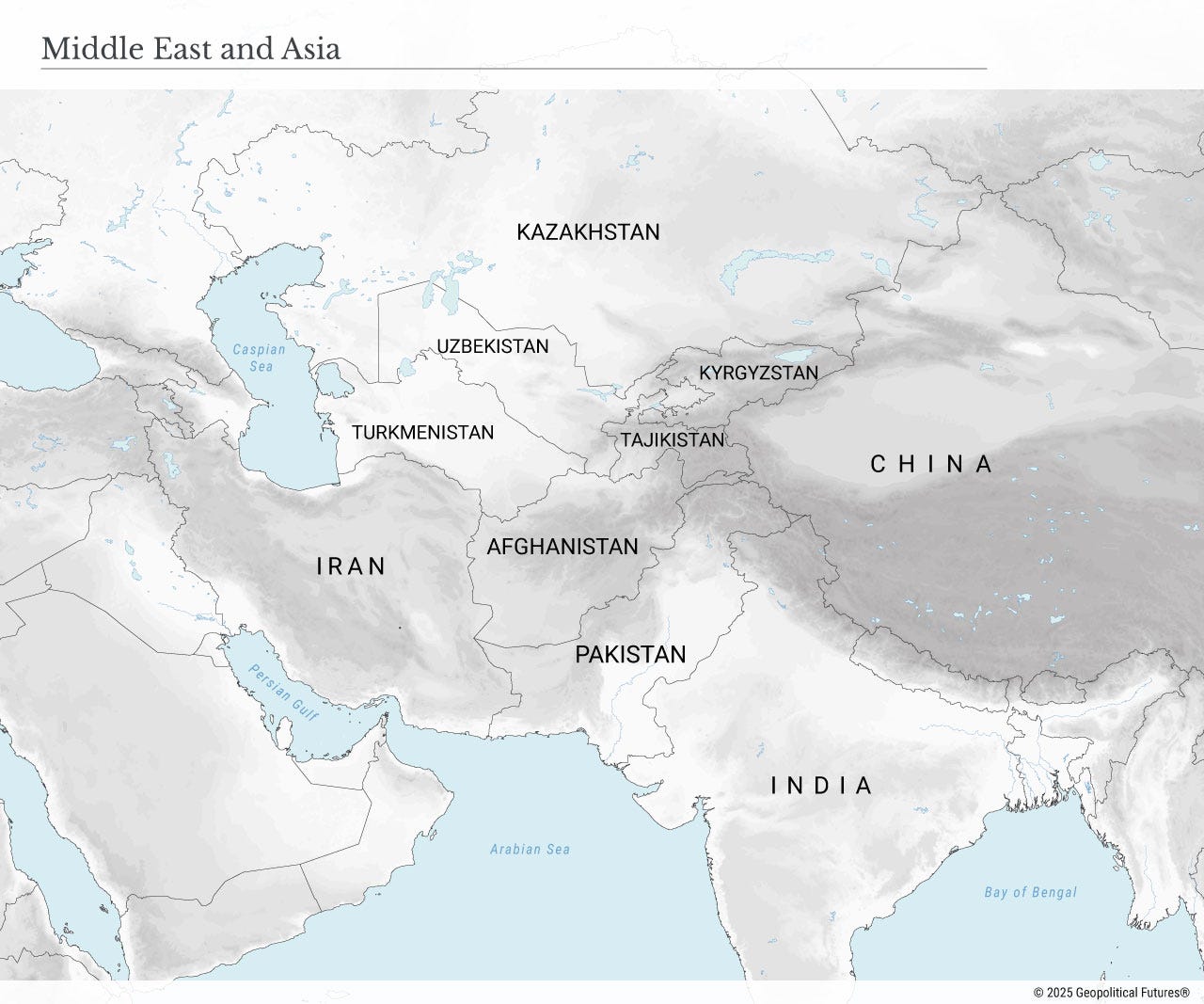Afghanistan and Pakistan Go to War — What It Means for the World
As Gaza and Ukraine dominate headlines, a far greater danger brews in South Asia — one that began the day Joe Biden handed Afghanistan to the Taliban.
by Rod D. Martin
October 20, 2025
While you were watching developments in Gaza and Ukraine, war broke out between Pakistan and the Taliban.
Beginning on October 10th, Pakistani jets pounded Taliban positions in Kabul and Kandahar after weeks of escalating clashes along the Durand Line. Taliban fighters struck back with artillery and raids on Pakistani border posts, even seizing tanks and territory around Spin Boldak. Dozens have been killed on both sides, hundreds wounded, and the main crossings at Torkham and Chaman — vital arteries for trade and aid — have been shut.
For decades, Pakistan has played a triple game. Ostensibly a U.S. ally and its most important logistical conduit during the long Afghan war, Pakistan is also a key Chinese ally, joint developer of the J-10 fighter, and key to the CCP’s strategy vs. India.
But that’s just the beginning. In Afghanistan, Pakistan not only played a key role in the Taliban’s creation, its ongoing links are significant. The ISI, Pakistan’s intelligence service, is riddled with Taliban. The country has a large Pashtun minority (18%), while Afghanistan literally means “land of the Pashtuns” (though it holds numerous other ethnic groups as well, none of whom get along). The Pashtun-dominated Taliban has long operated in Pakistani territory. Islamabad’s response to this has been, shall we say, less than decisive.
So why would Afghanistan attack Pakistan? The primary answer is China. Afghanistan wants Chinese investment, which despite the Belt and Road Initiative hasn’t been flowing because Beijing views dealing with the Taliban as trying to make deals with bandits (which, in point of fact, is exactly what it is). Kabul hopes that by attacking a key Chinese ally, it can force Beijing to mediate a peace deal that includes that investment, along with the technical expertise it lacks.
Still, there’s a darker possibility: the Taliban longs to capture Pakistan — a real country, with a real nuclear arsenal — whole.
Is this likely? No. But as we’ve previously warned, it is far from impossible.
The scale of the fighting surprised observers. Taliban spokesmen accused Pakistan of “foreign aggression,” while Pakistani officials blamed Kabul for harboring the Pakistani Taliban (TTP), which has launched more than 600 attacks inside Pakistan in the past year. A temporary ceasefire was announced on October 19 after mediation by Qatar and Turkey, but it is a pause, not peace. Both sides continue to trade accusations of fresh violations, and the border remains a tinderbox.
Behind the gunfire lies the predictable consequence of Joe Biden’s 2021 withdrawal, which handed the Taliban both a nation and an arsenal. Armed, broke, and internationally isolated, the regime has turned to what it knows best — violence as diplomacy.
Pakistan is now fighting the monster it built, and the Taliban, sensing weakness, intends to keep pressing until it wins money, legitimacy — or Pakistan itself.




